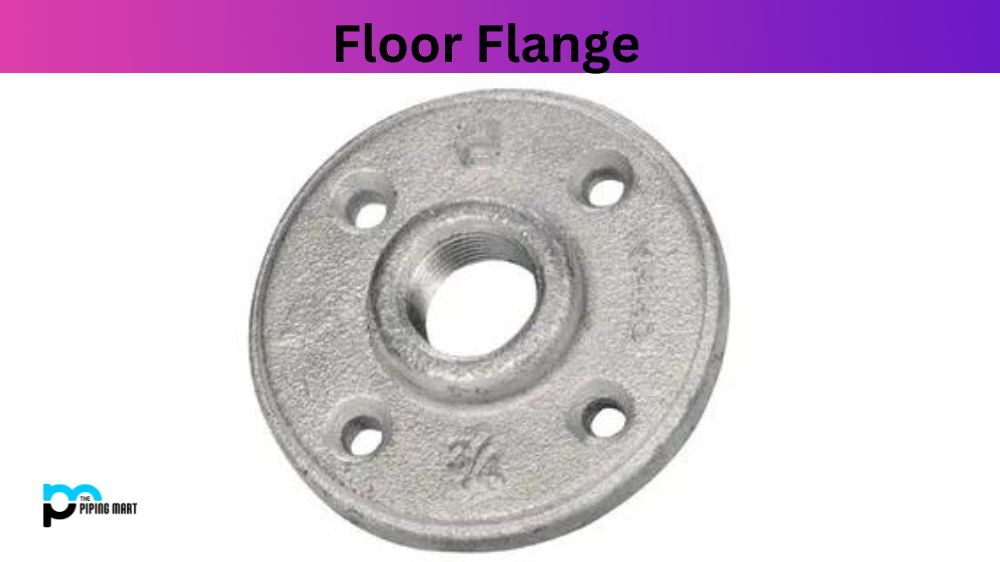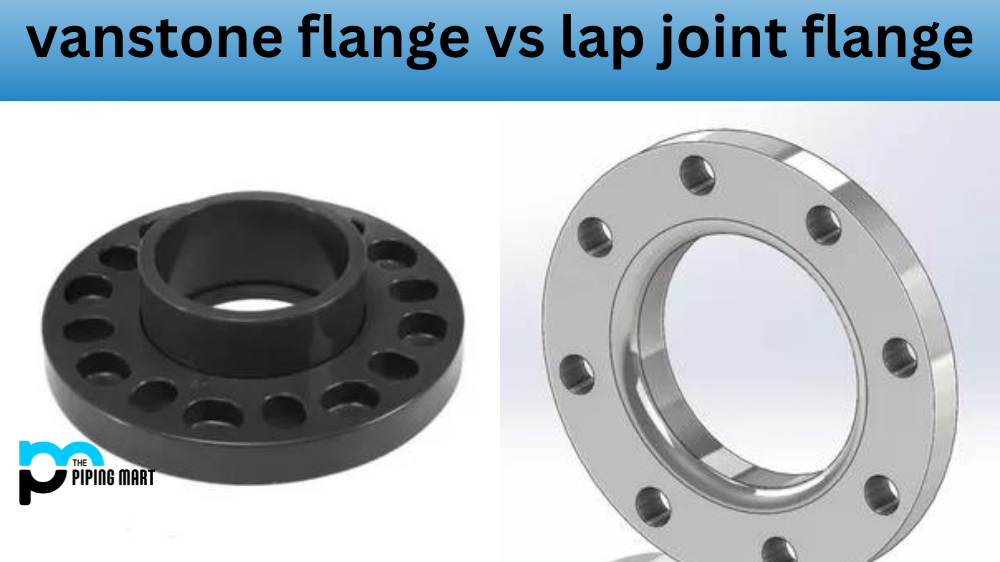Floor flanges, also known as base flanges, are small devices used to secure foot rails or fence posts directly to a flat surface, such as a concrete floor or wooden deck. These flanges comprise several materials, including steel, aluminum, and brass. They are often used in outdoor and indoor settings, including homes, commercial businesses, and industrial settings. This blog post will discuss the properties, composition, and uses of floor flanges.
What is Floor Flanges?
Floor flanges are pipe fittings used to secure pipes to the floor. They provide a convenient connection point that is leak-proof and safe for use in any environment when combined with the correct plumbing materials. Floor flanges have threaded and slip-fit connections, allowing for various installation options. They are secured to the floor using screws or bolts, making them easy to install and replace.
Floor Flanges Properties
Floor flanges are known for their durability and resistance to corrosion, due to the materials they are made from. Steel floor flanges, for instance, are often hot-dip galvanized, which means they have undergone a chemical process to prevent rust and damage. They are also resistant to UV rays and other environmental factors. On the other hand, aluminum and brass floor flanges are lightweight and easy to install, while still being strong enough to support a heavy load.
Floor Flanges Composition
Floor flanges are made up of several different components that work together to support rails and posts. These components typically include a base plate, a hole for the post or rail to fit into, and a set of screws or bolts to secure the post or rail. The base plate is the part of the flange that rests directly on the floor or deck, and is often designed with ridges or screw holes to help secure it in place. The hole in the center of the flange is the part where the post or rail fits snugly into place.
Uses of Floor Flanges
Floor flanges are used in various settings, including homes, businesses, and industrial locations. They are often used in construction and architecture projects, where foot rails or fence posts must be securely fastened to a flat surface. They are also used in handrail systems, where railings must be supported along a flat surface, such as a balcony or stairway. Other common uses for floor flanges include securing flag poles, mailboxes, and other outdoor fixtures to a deck or patio.
Types of Floor Flanges
Several different kinds of floor flanges are available on the market, including round and square flanges. Round floor flanges are typically used in handrail systems, while square flanges are often used in construction and architecture projects. Some floor flanges come with a set screw or locking mechanism, which helps to ensure a secure fit between the post or rail and the flange. Other floor flanges are designed with a decorative element, such as a brushed metal finish or polished brass surface, which adds an aesthetic touch to the overall design.
Installation of Floor Flanges
Installing floor flanges is a relatively simple process that can be accomplished in just a few steps. First, the surface where the flange will be installed should be cleaned and prepared. Next, the flange should be placed on the surface, with the base plate facing down. The screws or bolts should then be tightened to secure the flange. Finally, the post or rail should be inserted into the hole in the center of the flange, and tightened as necessary. It’s important to note that the installation process may vary slightly depending on the specific type of floor flange being used.
Conclusion:
In conclusion, floor flanges are essential in many construction and architecture projects, as well as handrail systems and outdoor fixtures. They are durable, resistant to environmental factors, and available in various materials and styles. Whether you’re a homeowner or a contractor, it’s important to choose the right type of floor flange for your project, and to follow proper installation procedures to ensure a secure and long-lasting fit. By understanding the properties, composition, and uses of floor flanges, you can make an informed decision when selecting the right hardware for your project.

Pipingmart is a B2B portal that specializes in metal, industrial and piping items. Additionally, we share the latest information and information about materials, products and various types of grades to assist businesses that are involved in this business.




